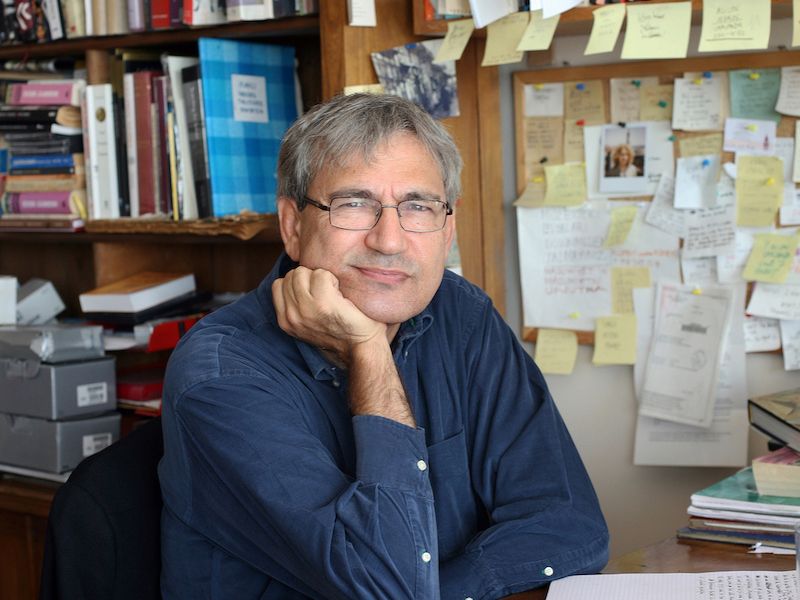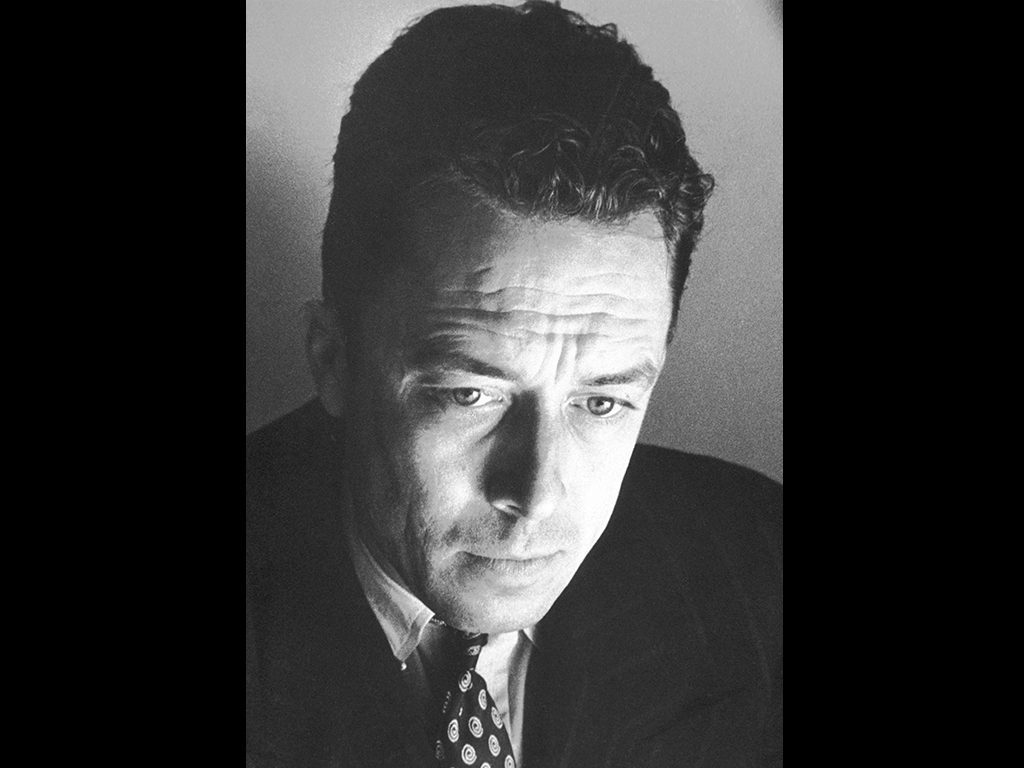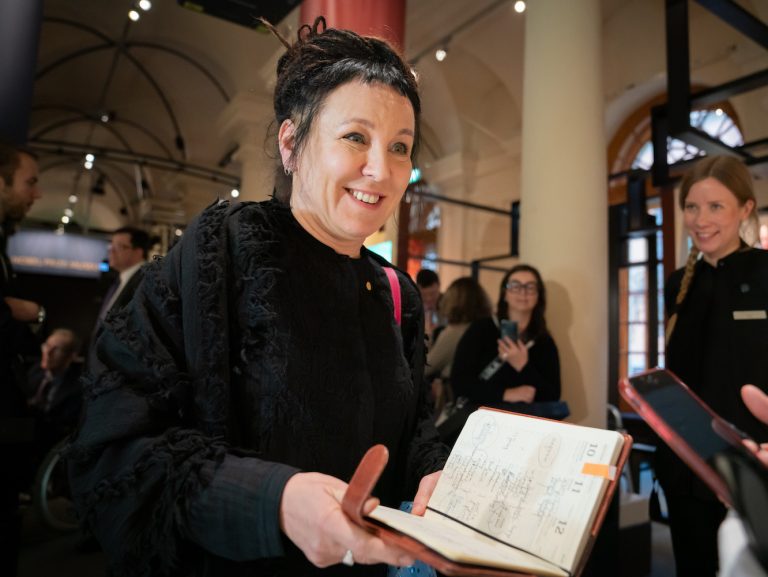The coronavirus crisis has had a dramatic impact on our lives and our view of our lives. Olga Tokarczuk is one of the authors who has reflected on this.
Tokarczuk argues that the coronavirus has swept away the illusion that we are the masters of creation and that we can do anything since the world belongs to us. She wonders if the pandemic has forced us into a slower, more natural rhythm in life, but also worries about how it may increase distrust of strangers and worsen inequality among people.
Orhan Pamuk has worked for many years on a novel about a bubonic plague epidemic that struck primarily Asia in 1901. The coronavirus crisis has caused him to consider the similarities between the ongoing pandemic and past epidemics throughout history.
He sees several recurring behaviors when epidemics strike: denial and false information, distrust of individuals belonging to other groups, and theories about a malicious intent behind the pandemic. But epidemics also remind us that we are not alone and allow us to rediscover a sense of solidarity. He writes in The New York Times.
They are most curious about similarities between the current coronavirus pandemic and the historical outbreaks of plague and cholera. There is an overabundance of similarities. Throughout human and literary history what makes pandemics alike is not mere commonality of germs and viruses but that our initial responses were always the same.
-

Orhan Pamuk Photo: Shutterstock
-

Albert Camus. Photo: Nobel Foundation
-
Orhan Pamuk Photo: Shutterstock
-
Albert Camus. Photo: Nobel Foundation
T.S. Eliot’s poem The Waste Land from 1922 captures the pessimistic tone after the devastating First World War and the devasting Spanish flu. Both Eliot and his wife had come down with the Spanish flu in December 1918. Eliot write the poem while recuperating from his illness. From The Waste Land:
What are the roots that clutch, what branches growOut of this stony rubbish? Son of man,You cannot say, or guess, for you know onlyA heap of broken images, where the sun beats,And the dead tree gives no shelter, the cricket no relief,And the dry stone no sound of water. OnlyThere is shadow under this red rock,(Come in under the shadow of this red rock),And I will show you something different from eitherYour shadow at morning striding behind youOr your shadow at evening rising to meet you;I will show you fear in a handful of dust.
Albert Camus’s The Plague from 1947 depicts a plague epidemic in the Algerian city of Oran. The book uses the epidemic to address questions about human fate and conditions. Camus used a cholera epidemic that struck Oran in 1899 as inspiration and source material, though he placed the events in the 1940s. The book depicts different perspectives and ways of dealing with the crisis. The plague has been interpreted being symbolic of Nazi ideology.
Jose Saramago’s novel Blindness from 1995 depicts how an unexplained mass epidemic of blindness afflicts a city and how society unravels. The novel follows a group of characters who are among the first to be stricken and their traumatic quarantine. Panic ensues, and the authorities try to stop the spread of the contagion and keep order with repressive methods. The social order breaks down almost completely, but finally the epidemic vanishes almost as suddenly and inexplicably as it struck.

